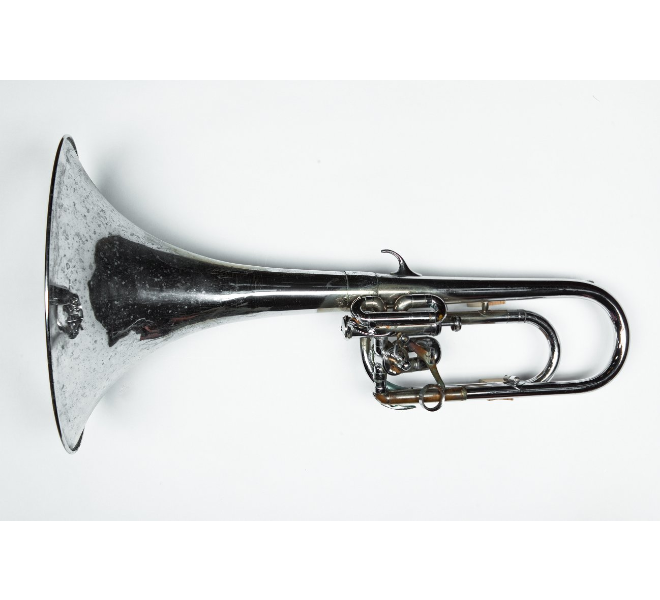Updates to blog search and account management (9-1, 29th of August 2019)

We are making two changes to the blogs.ed.ac.uk platform on the 29th August.
The blog search tool is being updated to make it more scalable and performant for the future and we’ve added in some new functionality which implements our blog retention policy and will tidy up accounts and blogs when they are no longer in use, to ensure we comply with GDPR.
This work is scheduled to take place between 9am and 1pm on the 29th August, blogs.ed.ac.uk should be considered at risk during this period.
[Image from University of Edinburgh Collections – Alto Bugle from the Musical Instrument Collection]
(Musical Instrument Collection: https://collections.ed.ac.uk/mimed/record/17253?highlight=*:*)
(Musical Instrument Collection: https://collections.ed.ac.uk/mimed/record/17253?highlight=*:*)




1 replies to “Updates to blog search and account management (9-1, 29th of August 2019)”